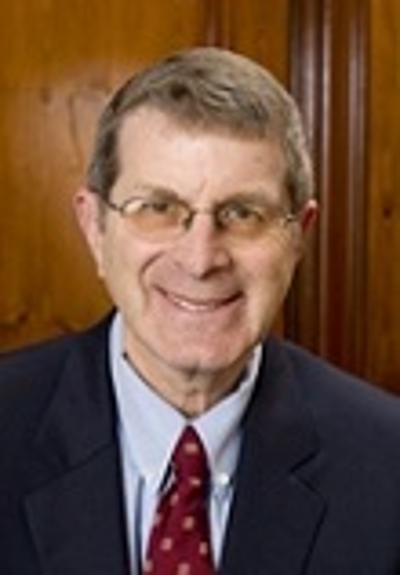News & Updates
Small Talk from the VP: Got MOOC?
By Dave Smallen
December 17, 2014
For many in higher education MOOCs remain a mystery. It is estimated that 10 million people took one or more MOOCs in 2013. EdX, one of the major organizations providing such courses indicates that there are more than 300 courses offered by its 64 member institutions. In January of 2013, Hamilton and Colgate joined edX to bring the liberal arts perspective to the national discussion on this new form of learning.
MOOC stands for Massive Open Online Course. Potentially thousands of students enroll in each course (thus the M in the acronym), usually from all over the world, and “open” means it is free. In other words, there is a very low barrier to enter this learning environment. You need access to a good Internet connection, since course materials are provided through a web interface and content is delivered in large part through videos.
There is no better way to understand MOOCs than by taking one. Over the last two years I have taken nine MOOCs, varying in length from six weeks to fourteen weeks. I offer some observations based on those experiences.
This type of learning easily fit my schedule. Prior to doing MOOCs I watched television while exercising. Now, I’ve used that time on the treadmill to learn about such topics as Copyright for Educators and Librarians. This course featured Hamilton alum Kevin Smith ’81, one of the world’s experts on copyright law. A large portion of the content is provided through professional quality video segments of 3-5 minutes in length.
The concept of “dropping” a course is not relevant. As I get older I am more interested in how medications work :<( I recently took a course in Medicinal Chemistry because the Davidson instructor said he would explain the steps necessary to bring a drug to market. However, the prerequisites in Chemistry and Biology were substantial and I didn’t have them. I was still able to understand the material for the first two weeks before I “dropped out.” At traditional colleges I probably wouldn’t have been allowed to even start the course.
The faculty are usually inspiring. I’ve always had a hard time understanding poetry. Robert Pinsky, Professor at Boston University and Poet Laureate of the United States (1997-2000) helped changed that with his course, The Art of Poetry. How else would I have had the opportunity to learn from him? Like traditional education, not every course is a match for all interests. When courses didn’t match my interest I didn’t continue.
MOOCs can be a lot of work. The Wellesley history course Was Alexander Great? would easily take five hours per week to do all the work. The videos are just one component of the course. Each video is accompanied by a variety of interactive exercises. Multiple choice questions provide a quick check on learning, and group discussion questions illustrate more complex understanding. The group discussions provide an amazing opportunity to interact (albeit asynchronously) with a truly global audience. Some courses even have an option to pay a small fee ($50) to obtain a certificate of completion if you do all the work at an acceptable level.
Interested in taking a MOOC from Hamilton faculty? You’re in luck. Thanks to professors Doran Larson and Brent Plate, and a talented support team from LITS, we are in the process of producing our first two MOOCs. We hope to ultimately use what we learn to provide life-long intellectual engagement with our alumni, extend the global reach of the scholarship and pedagogy of our faculty, and contribute to a better understanding of teaching and learning in a traditional residential setting. This spring, their respective offerings on The American Prison Witness, and Spirituality and Sensuality will debut on edX. Stay tuned!

